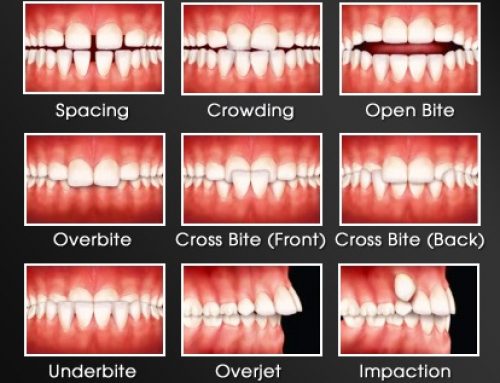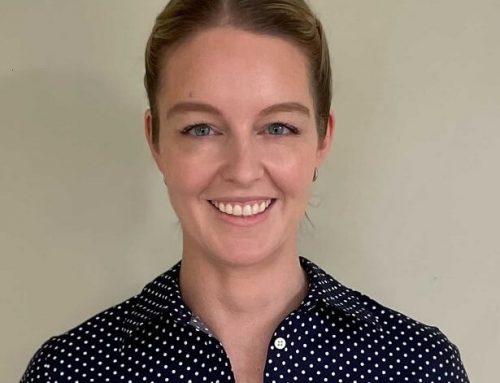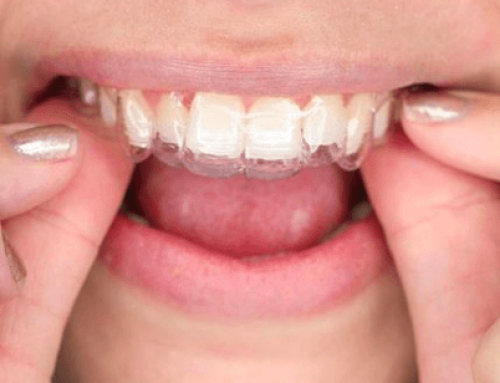
Early Assessments
We are often asked at what age children should have an orthodontic assessment if there is any cause for concern. At Fraser Dental we recommend an assessment in children aged around 7 years’ old. This applies to any concern in the appearance of the teeth, including:
- Consistently breathing through mouth rather than nose
- Mis-aligned teeth
- Bucked teeth
- Overbite or underbite
- Crowding or overlapping teeth
- Teeth grinding or uneven wear
- Large gaps or spacing
- Problems chewing, biting or talking
As well as assessing the more obvious symptoms, it will also detect any underlying issues that could be addressed or should be monitored.
Does Early Intervention Orthodontics Mean Braces?
If your child could benefit from early intervention, it doesn’t necessary mean that they will have braces at a younger age. Actually, the most common types of corrective treatment are removable plates and appliances, and muscle rehabilitation exercises. Treatment can also include the correction of impacted (stuck) adult teeth as well as functional orthodontics.
Benefits Of Early Intervention Orthodontics
Orthodontic treatment at an earlier age helps to correct problems as they are developing. The permanent adult teeth and facial growth can be guided for optimal results. Younger children’s jawbones are softer and more pliable than they are in later teenage years, therefore corrective procedures can work more quickly and effectively. In some cases early orthodontic intervention helps to prevent the unnecessary extraction of teeth, with a focus on improving the airway and facial profile.
It is not unusual for us to see a 13 or 14 year old patient for the first time who has substantial alignment issues that could have been minimised at a younger age. Many early intervention patients only need minimal orthodontic treatment in later years, if any at all. This can lead to big financial savings in the long run.
Of course, not all orthodontic problems are suitable for treatment at a younger age and sometimes it is definitely advisable to wait until most or all of the adult teeth have grown in. But we often see patients who have been advised to wait to begin treatment, which is not always the correct recommendation.
If you have any questions or concerns about your child’s teeth, contact us to schedule an assessment with our orthodontic experts.



